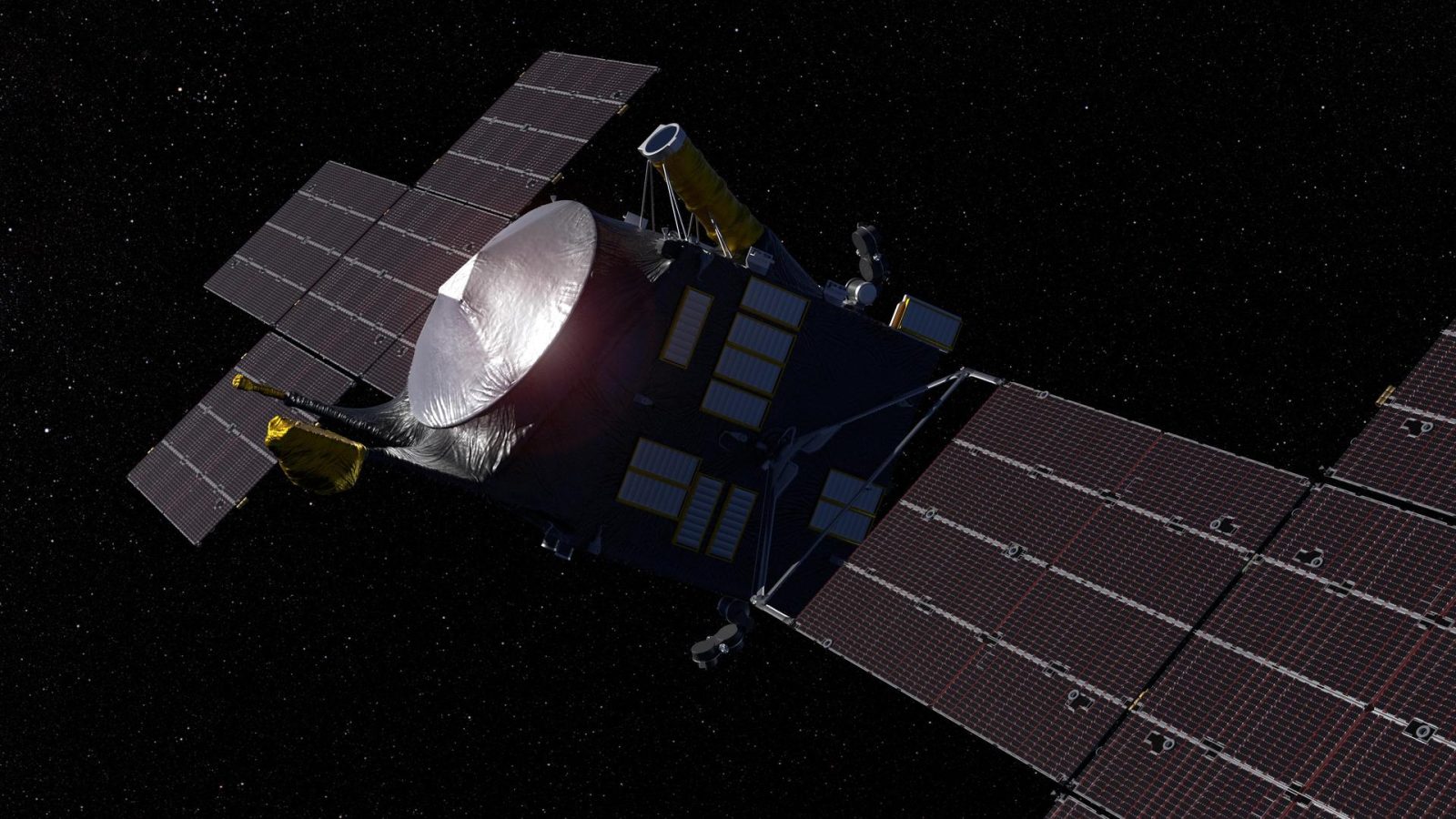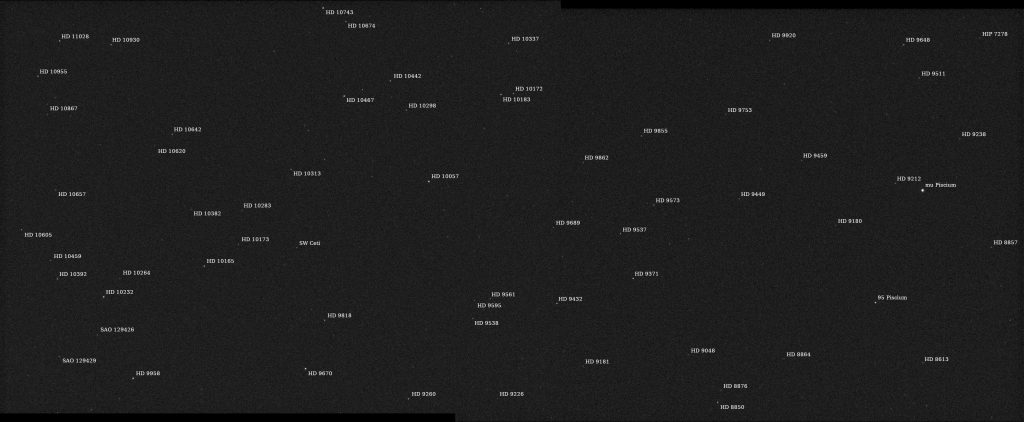
Since launching in October, NASA has begun turning on Psyche‘s scientific instruments and perform early test to ensure everything is working correctly. This lead to the spacecraft capturing its first photo in space on Monday.
Psyche starts to gather early scientific data
Launched on October 13 on a SpaceX Falcon Heavy rocket, NASA’s latest science probe, Psyche, is now on its way to meet its target, also named Psyche. While it still has a ways to go, teams on the ground have been hard at work getting the spacecraft ready to perform observations as soon as it arrives.
The first major milestone Psyche reached is called “First Light.” This is when the spacecraft’s cameras are turned on and begin to capture its first photos of its surroundings. These dual cameras will eventually give us awesome photos of what we believe is an asteroid made entirely of metal.
While for us these early photos look like nothing, especially compared to photos taken by NASA’s James Webb Space Telescope, this is a beginning of a what everyone is hoping to be an amazing mission.

That isn’t the only instrument that Psyche has operating and in testing. Two of probably the most important instruments, the magnetometer and gamma-ray spectrometer (GRS), have both been turned on and have begun calibrations.
Psyche’s GRS will be able to look at its target’s surface and tell us what exactly it is made out of. The magnetometer on the other hand will study any potential magnetic field created by Psyche (the asteroid). Together the two will be able to determine Psyche (again, the asteroid) was in fact a planetesimal, or basically a “failed planet.”
Finally, Psyche (now I’m talking about the spacecraft) also broke a record with its electric propulsion engines. On November 8, NASA fired up two of Psyche’s four Hall-effect thrusters, making them the first to ever be used in deep space. Unlike traditional chemical thrusters, Hall-effect thrusters use charged particles to produce very small amounts of thrust, but are extremely efficient and that thrust can add up over time.
Join our Discord Server: Join the community with forums and chatrooms about space!
Beam me up data
Tagging along with Psyche is the DSOC, Deep Space Optical Communications, technology demonstrator. Instead of using radio waves, the same tech we’ve been using out in space for decades, DSOC is testing communication with Earth using lasers.
We went into detail about it in our pre-launch video about the Psyche mission here and is worth a watch for an full overview of the Psyche mission.
On November 14, DSOC made its own version of “First Light” when it powered up and shot a laser back home to Earth. NASA didn’t share what sort of data was encoded inside the laser but the teams at the Space Communications and Navigation program were also able to send a laser back to DSOC with data encoded in it too.
Optical communications have been demonstrated in low Earth and lunar orbits but this is a first for deep space use. While it won’t let NASA communicate any faster, it will still take about 20 minutes for lasers to reach Earth from Psyche’s intended orbit, it will however, let NASA communicate larger sets of data.
Laser comms have already seen use on communication satellites like SpaceX’s Starlink constellation. These links will allow communications to be sent between satellite rather than having to be beamed down to ground stations.
Since the speed of light changes base off of the medium it travels through, sending this data through space (a vacuum) is much faster than through fiber optic cables (glass) on the ground.
FTC: We use income earning auto affiliate links. More.




Comments